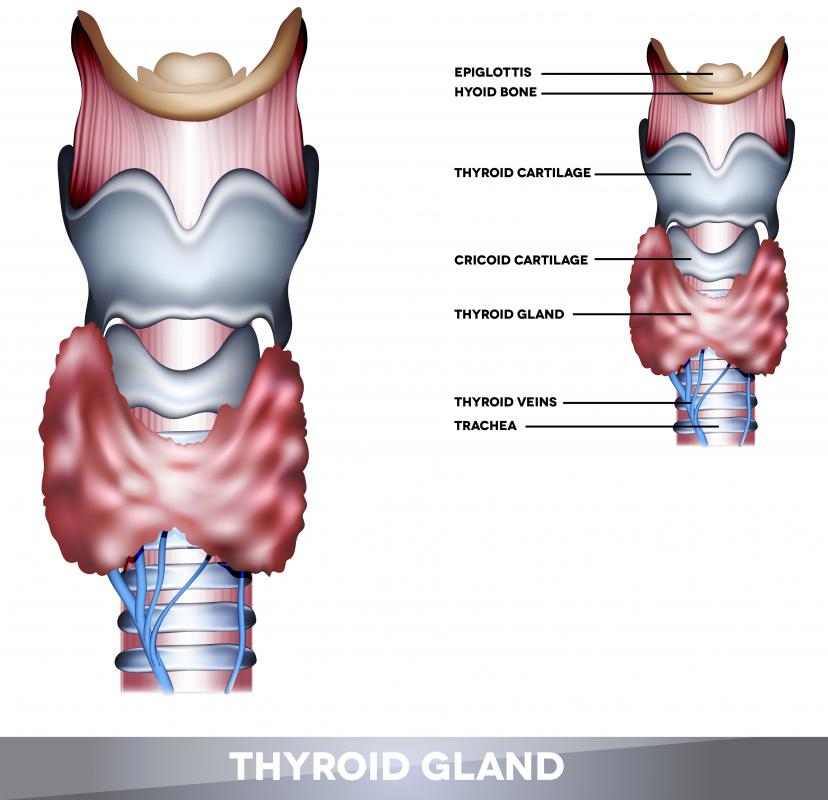At WiseGEEK, we're committed to delivering accurate, trustworthy information. Our expert-authored content is rigorously fact-checked and sourced from credible authorities. Discover how we uphold the highest standards in providing you with reliable knowledge.
What is Craniostenosis?
Craniostenosis may be known by its more common name craniosynostosis. It is a condition that affects fetuses or very young babies. As most people know, babies’ heads are soft and malleable so that they can pass through the birth canal and accommodate the growing brain. This is accomplished with a fibrous material called sutures in between each of the five bony plates on the head. These sutures aren’t supposed to fully close for a couple of years. When they close early, creating misshapen head and other symptoms, this is called craniostenosis.
Sometimes craniostenosis happens in utero, and at other times it may happen in the early stages of an infant’s life. The condition may be genetic, but that isn’t always the case. Other things like use of thyroid medication, the medication methotrexate, or maternal smoking could play a role too.

Again, the sutures between the bony plates are necessary because of the way the brain grows at a rapid rate during the first few years of life. Craniostenosis thus may not only affect head shape, but it can affect brain function if the brain presses against an unforgiving surface. In addition to head misshapenness and depending on how may sutures have started to close, some children have impaired function, developmental delays, seizures, sleep apnea, impact on sight ability, constant vomiting, and irritability (usually due to strong headaches).

It’s not always possible to diagnose craniostenosis at birth. Most babies who are born vaginally can have peculiarities in head shape at first, particularly if they spent some time in the birth canal. People shouldn’t panic if a baby is born with a cone head or any other bumps or unusual shapes. However, if after a few weeks, the baby hasn’t regained a round infant head, this fact can be mentioned to a doctor. Moreover, craniostenosis doesn’t always happen before or at birth, and might occur several months down the line.

Should an infant have craniostenosis, common methods for addressing the problem are to perform surgery. Doctors prefer to do this early, and many babies might have surgery within a month or two of diagnosis. Usually doctors that perform these surgeries are pediatric neurosurgeons or craniofacial surgeons, and some families may need to travel elsewhere to a larger (tertiary) hospital to access these specialists.

Children will need monitoring after surgery, and sometimes surgeons suggest they use a helmet to protect their more fragile heads. More than one surgery might be needed if another suture starts to close prematurely. However, many children need only one, and may do very well after recovery.
AS FEATURED ON:
AS FEATURED ON:















Discuss this Article
Post your comments